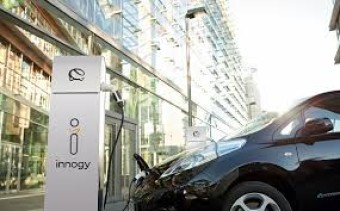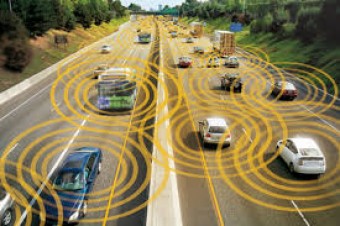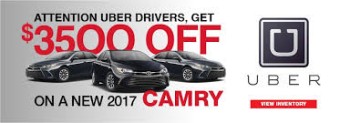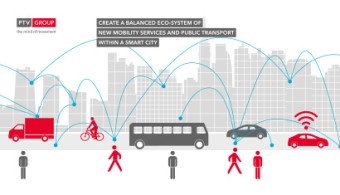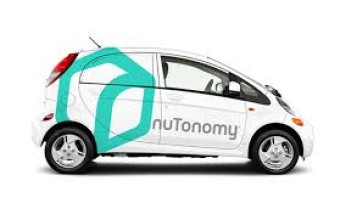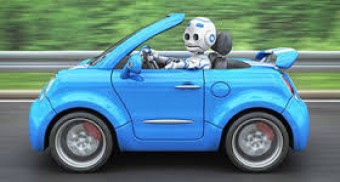Setback for Uber in French EU court case.
France has been a tough market for Uber and, although a final ruling on this issue is still to come, the prospects for Uber in the country don’t look promising at this point.
Uber Technologies Inc. suffered another setback in the European Union after an adviser to the bloc’s top court backed a French law that led to sanctions for top managers in the country. EU nations “may prohibit and punish the illegal exercise of a transport activity such as UberPop without having to notify the” European Commission of the draft law, Maciej Szpunar, an advocate general at the EU Court of Justice, said in a non-binding opinion delivered on Tuesday.
Szpunar rejected Uber’s claims that the rules were invalid because France didn’t notify the EU in advance about the measures, saying in this case such a notification was “unnecessary.”
The legal wrangling adds to the turmoil at Uber, which last month led to the resignation of Chief Executive Officer Travis Kalanick. Szpunar already dealt a blow to the troubled company’s fight with authorities in May, saying in a separate case that Uber is more than just an app, and should also be categorized as a transport service, regulated in a similar way to regular taxis.
In Tuesday’s case, the EU court is being asked to give guidance on the legality of changes made to a 2014 French law, which Uber says is targeting apps such as UberPop. The controversial service, no longer offered in the country, let unlicensed drivers use their own car to pick up riders for low fees. The French court asked whether the nation’s failure to flag the rule changes to the EU, a technical requirement for many laws, made it invalid.
In Szpunar’s view, Uber should be considered a transport service. But even if it wasn’t, he still thinks the French law at issue didn’t have to be notified to the EU, because it affects digital services “only in an incidental manner” and “is not directed at regulating” such services specifically, he said. While EU countries control their own transport regulations, they must tell the European Commission about changes to legislation covering digital services. Uber said the rules were a new “technical regulation” that relates to a digital service and as such, the EU should have been notified.
- Setback for Uber in France after advice from EU top court.

